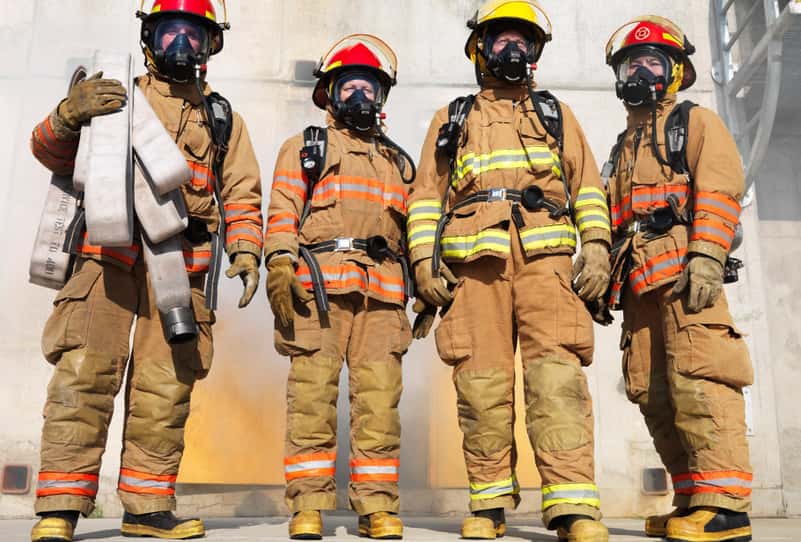The Public Service Loan Forgiveness program for firefighters is a government program that allows firefighters to have their student loans forgiven after 10 years of public service.
This program can be extremely helpful for firefighters who are struggling to make monthly loan payments.
Eligible borrowers may have their remaining balance on their Direct Loans discharged after making 120 qualifying monthly payments while working full-time
if your loans are in default, you can have your wages garnished after being 9 months behind to avoid this take a look at this article: How to Prevent Student Loan Wage Garnishment: Before and After It Begin
Now let’s talk about the requirements firefighters need to have their loans forgiven using the public service loan forgiveness program also known as PSLF.
1. Work full-time at an eligible employer
The first step is to make sure you are working full-time at an eligible employer.
Firefighters are federal employees therefore they are eligible for the public service loan forgiveness program.
What qualifies as full-time for public service loan forgiveness? Working 30 hours per week or more is considered full-time for public service loan forgiveness.
The eligible employer for public services loan forgiveness is federal, state, local, or tribal government organizations, an eligible not-for-profit organization, or a public service organization.
Is there a salary cap for public service loan forgiveness? There is no salary cap for public service loan forgiveness.
2. Make 120 qualifying monthly payments
Next, make sure you are making your monthly payments on time and in full. These payments must be made while working full-time at an eligible employer.
In order to have your loans forgiven using the public service loan forgiveness program, you need to make 120 qualifying monthly payments.
What counts as a qualifying monthly payment? A qualifying monthly payment is a payment that is made on time and in full.
If you are enrolled in an income-driven repayment plan then your monthly payment will be based on your income and family size.
Any payments made on the loans prior to consolidation are not counted. If you combine these loans into a Direct Loan before October 31, 2022, you may be eligible for a limited PSLF waiver credit for payments made on those loans.
3. Firefighters must-have eligible loans for public service loan forgiveness
In order to qualify for public service loan forgiveness, firefighters must have Direct Loans. You cannot use this program to forgive your Perkins Loans or your Federal Family Education Loan (FFEL) Program loans.
If firefighters have Perkins or FFEL loans, they may be forgiven if they are consolidated into a Direct Consolidation Loan.
PSLF does not apply to student loans from private lenders.
4. Enroll in the right income-driven repayment plan.
Firefighters must take part in income-driven repayment (IDR) programs that are approved repayment plans (plans that base your monthly payment on your income).
While payments made under the 10-year Standard Repayment Plan are eligible, you must move to an IDR plan to take advantage of PSLF.
Your loans will be paid in full once you have completed the 120 eligible PSLF payments under the 10-year Standard Repayment Plan, and there will be no balance to forgive.
However, before enrolling in an IDR plan, you should be aware that your payment may increase based on your income and the amount owed. If this is the case, and you do not want to pay the greater sum, the PSLF Program may not be suitable for you.
Other options firefighters have to pay student loans.
Refinancing your loans is one of the greatest ways to pay off your student debts faster. The purpose of refinancing is to lower interest rates, which means that more of your payments will go toward repaying your student loans.
When you refinance several student loans, you will receive a single consolidated loan with a single monthly payment. You might also refinance only one student loan to get a cheaper interest rate. You should probably only refinance loans if you can truly lower your interest rate.
Student loan refinancing rates of less than 3.00 percent, for example, are now accessible.
Do you require assistance with your student loans?
If you need help with any of these forgiveness programs, please contact our staff. We can’t thank you enough for your service and sacrifice, but we can maybe save you some money! call today for a consultation right now.





